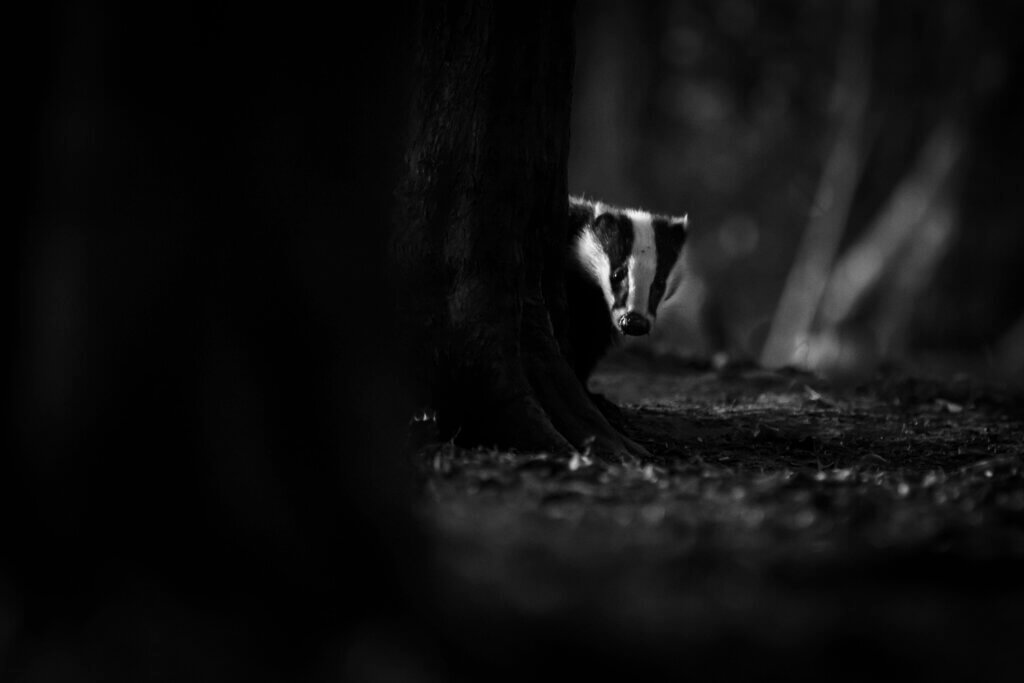
The information on Badger culls in the 2014 IEP report were collected by observers. These are people who go out with shooters and watch and record what happens.
Now it seems fanciful to me to imagine that shooters behave in exactly the same way when they know someone is monitoring what happens as they do when they know that nobody is watching. It is as fanciful as the idea that your driving is the same when on your own as it was when you were having your driving test, or even when you have your grandma in the car with you. I am sure in my mind that the observers influence the observations to some extent.
How many Badger kills are observed?
The Independent Expert Panel report was based on observations of 88 Badgers being shot at out of 941 which were killed in free shooting in 2013 . That is 9% of all cases, 90/thousand.
Last year, monitors witnessed 149 Badgers being shot at out of 24,000+ which were killed in free shooting. That is 0.6% of all cases, 6 /thousand.
As I understand it there is a turnover of personnel involved in carrying out culls in the same areas from year to year and over the years there have been very large changes in the areas in which the cull has taken place.
I would argue that the culls are insufficiently monitored given the change in personnel and location, and this is even more important if if you accept the point made above that monitoring has some role in policing standards of behaviour as well as recording it.
[registration_form]
There is also the difference between planned or pro-active (first phase) culling and reactive or supplementary culling, the latter of which is intended to maintain badger population levels at the reduced level (70-80%) theoretically achieved by the first phase. The first zones to go through the fortmer are now well into the latter – large areas of counties such as Somerset, Gloucestershire and Dorset. There is no question that the level of professionalism and humane/welfare standards associated with supplementary or reactive culling – often seemingly left to the whim of enthusiastic farmers rather than professional marksmen – is even less, as is the level of monitoring. Something you are no doubt exploring in the WJ challenge.